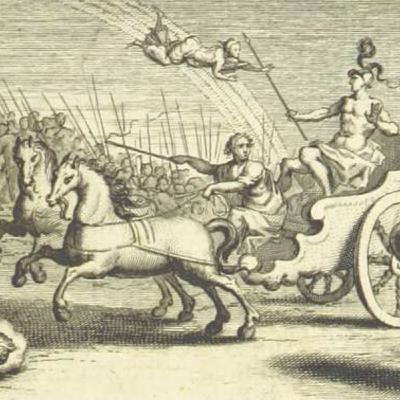The Elephant in the Universe: 100-year search for dark matter Author: Govert Schilling The Big Bang's Clues: Non-Baryonic Matter and Failed Candidates
Update: 2025-09-07
Description
The Elephant in the Universe: 100-year search for dark matter Author: Govert Schilling
The Big Bang's Clues: Non-Baryonic Matter and Failed Candidates
Headline: Cosmic Evolution Demands New Matter; Neutrinos Fall Short
The universe's evolution from the smooth, hot state after the Big Bang to its current clumpy structure of galaxies and clusters requires far more gravity than visible matter can provide. Everything we know, from atoms to stars, is classified as baryonic matter. However, the nature of dark matter must be different; it cannot be composed of atoms and is thus termed non-baryonic matter. In the early 1970s, Albert Bosma used radio telescopes to observe hydrogen gas far beyond visible galactic edges, confirming the widespread anomalous rotation curves found by Rubin and Ford. Early dark matter candidates included neutrinos, but their light, fast-moving nature ("hot dark matter") meant they would clump on vast scales first, contradicting observations of early small clumps. This led to the conclusion that dark matter must be "cold" and slow-moving.
1959
The Big Bang's Clues: Non-Baryonic Matter and Failed Candidates
Headline: Cosmic Evolution Demands New Matter; Neutrinos Fall Short
The universe's evolution from the smooth, hot state after the Big Bang to its current clumpy structure of galaxies and clusters requires far more gravity than visible matter can provide. Everything we know, from atoms to stars, is classified as baryonic matter. However, the nature of dark matter must be different; it cannot be composed of atoms and is thus termed non-baryonic matter. In the early 1970s, Albert Bosma used radio telescopes to observe hydrogen gas far beyond visible galactic edges, confirming the widespread anomalous rotation curves found by Rubin and Ford. Early dark matter candidates included neutrinos, but their light, fast-moving nature ("hot dark matter") meant they would clump on vast scales first, contradicting observations of early small clumps. This led to the conclusion that dark matter must be "cold" and slow-moving.
1959
Comments
In Channel





















